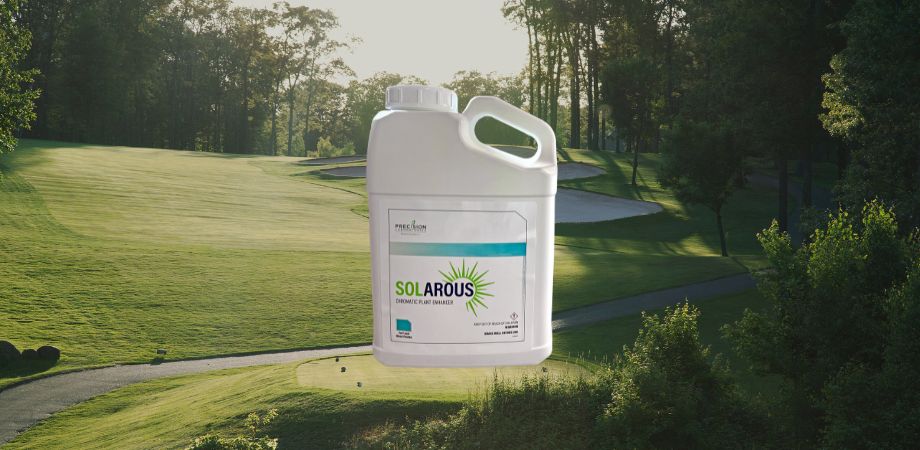Pesticide resistance isn’t just a fungicide problem. It affects herbicides, too. As with fungicides, you can limit herbicide resistance by knowing your science, focusing on prevention, and rotating products.
First, pay careful attention to the weeds on your property to ensure accurate identification. Then, research their life cycles so you can plan the timing of your applications accordingly. This information will help you create a targeted management strategy to avoid applying products you don’t need.
Use your resources to build a strong pre-emergent program and get ahead of troublesome weeds. Your ATS rep can help you plan a preventative approach to maximize the effectiveness of your applications. Prevention can minimize the amount of product you have to apply over the long run.
Finally, rotate herbicides as you would fungicides to avoid resistance. Focus on using a variety of active ingredients and modes of action to minimize resistance. Weeds can develop resistance to both pre- and post-emergent herbicides.
Prodiamine and glyphosate are two popular active ingredients that are susceptible to resistance. For pre-emergent applications, rotate prodiamine with other active ingredients such as dithiopyr and oxidiazon. For post-emergent applications, consider sulfonylureas in rotation with glyphosate.
You can find a list of good alternatives to glyphosate and prodiamine here. Keep in mind that you may have to spend more in the short term to rotate your herbicides, but you can save money later by avoiding the long-term consequences of herbicide resistance. Contact your ATS rep for assistance preventing herbicide resistance on your property.












